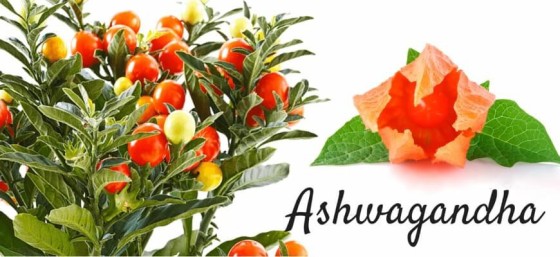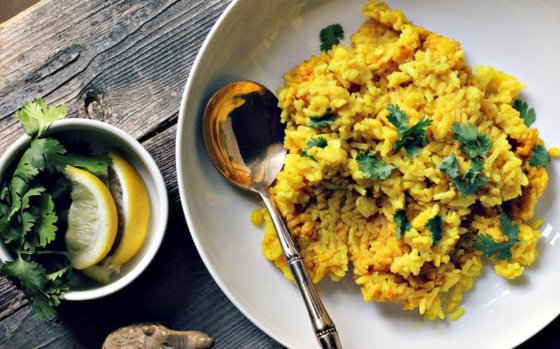We’ve all heard the saying “You are what you eat”.
Well the phrase may be more true than most people realize; “According to Ayurveda, our bodies are woven from food. The nutrients we ingest are metabolized into the energy and information that form our cells, tissues, and organs. Every day our bodies need essential vitamins, minerals, and other nutrients to maintain our body’s delicate balance” says Jenna Saunders of The Chopra Center.
What we consume affects the way that we think, feel, and perceive the world around us. If we are eating highly processed and refined foods, we are likely to feel that our energy levels have been drained. If we are eating wholesome organic foods, we are likely to feel a stable reserve of energy throughout the day. And if we are eating plenty of fruits and vegetables, we are likely to feel vibrant and bright.
As the weather grows colder, it’s the perfect time to fill our bodies with something warmer. If you are looking for a healthy and cleansing, yet hearty and filling meal, a vegan kitchari recipe with added ashwagandha will do the trick.
Kitchari is a traditional Ayurvedic dish originating in India. Since it is so easy to digest, it is also one of the first solid foods that many babies eat. The key ingredients are rice, beans and lentils (or Dal), and a variety of spices. The traditional version of kitchari uses Ghee (clarified butter), but can be easily replaced by Olive Oil, Coconut Oil, or even just water.

Ashwagandha is an adaptogenic herb, meaning that it helps the body adapt to stress. If you’re looking to give your immune system a boost or gracefully deal with holiday stress try adding some Ashwagandha to your recipe.
Vegan Kitchari Recipe Ingredients
- 1 cup Basmati Rice
- 1/2 cup Mung Dal (split yellow)
- 2 cups (approx.) Water
- 2 cups Seasonal Vegetables (optional) use zucchini, asparagus, sweet potato, cauliflower or carrot etc.
- 1/2 to 1 inch Ginger Root, chopped or grated
- pinch of Sea Salt
- 2 tsp. Coconut oil/water
- 1/2 tsp. Coriander Powder
- 1/2 tsp. Cumin Powder
- 1/2 tsp. Whole Cumin Seeds
- 1/2 tsp. Mustard Seeds
- 1/2 tsp. Turmeric Powder
- 2 Cinnamon Sticks
- Handful Fresh Cilantro Leaves
- Slice of lemon or lime
- Dose of Liquid or Powdered Ashwagandha (Optional)
Preparation
As mentioned earlier, the main ingredients are Rice, Mung Beans, and at least one or two Spices, so don’t worry if you don’t have ALL of the ingredients listed here. There are many versions of kitchari, so experiment to see what works for you.
- Wash the Mung Beans and soak them in water overnight or for 4-8 hours.
- Add 2 cups of water to the rice and dal in a covered pot, bring to a boil and then let simmer until it becomes soft, about 20 minutes.
- (Optional) Add any vegetables to the pot.
- (Optional) In a separate saucepan, sauté the cumin and mustard seeds in the water/coconut oil until they pop. Then add the rest of the spices and stir to release the flavors.
- Add the sautéd mixture OR the rest of the spices to the pot and stir it all together.
- (Optional) Add a serving of Ashwagandha and stir.
- Add the sea salt, chopped fresh cilantro, squeeze of lemon and serve.
